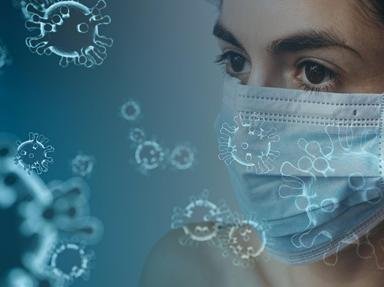Quiz Answer Key and Fun Facts
1. Anemia is generally associated with low hemoglobin levels. The deficiency of which of the following minerals is associated with the most commonly occurring form of anemia?
2. Red blood cells (RBCs) in the blood contain hemoglobin molecules which are important in transporting oxygen to various tissues in the body. Which of these is a genetic condition in which the shapes of the RBCs are changed?
3. Which of the following is the general term used for cancers that arise from the blood cells?
4. What is the term used for reduction in the number of white blood cells (WBCs) in the blood?
5. Which of the following is the term used for a state in which there is an abnormally increased number of red blood cells in the blood?
6. Thrombocytopenia is the decrease of which of the following cells in the blood?
7. Christmas disease causes excessive bleeding. It is one of the two types of which of the following disorders?
8. Blood transfusions can cause fatal allergic reactions.
9. If a blood vessel like an artery is damaged, the blood pours out from it into the surrounding body parts. What is this called?
10. A solid clot can form inside a blood vessel. Sometimes, this solid clot can dislodge and be carried to different sites in the body and cause tissue damage. What is this dangerous process known as?
Source: Author
Saleo
This quiz was reviewed by FunTrivia editor
rossian before going online.
Any errors found in FunTrivia content are routinely corrected through our feedback system.
